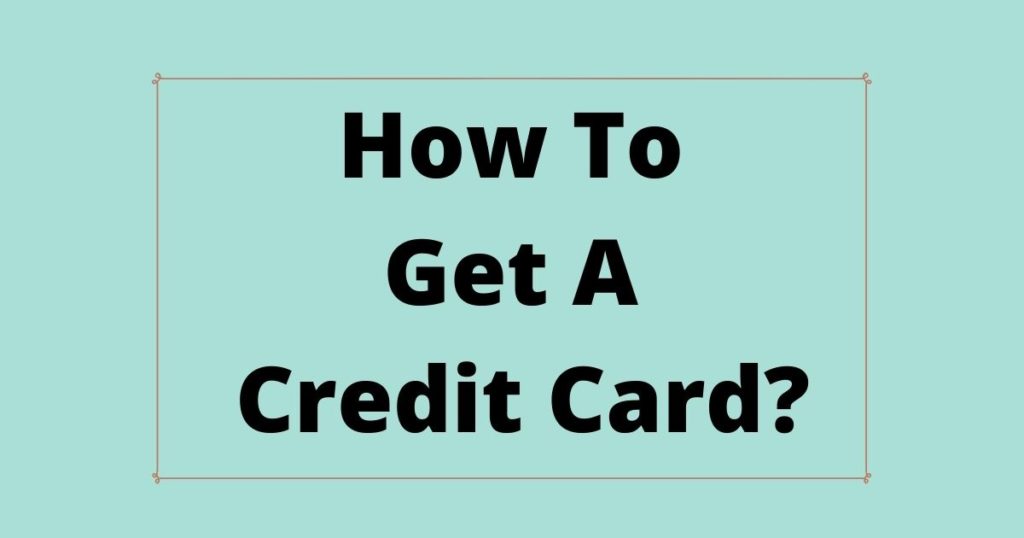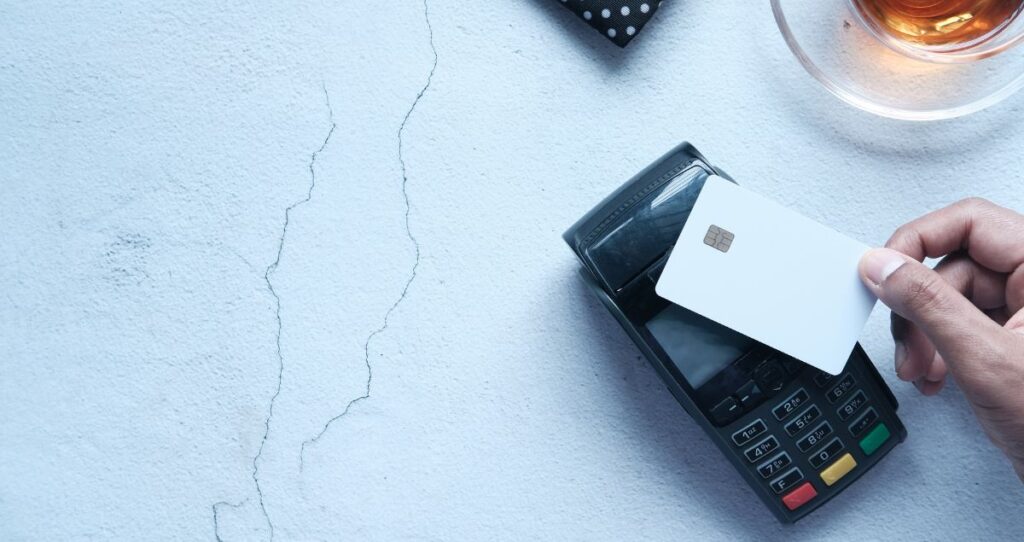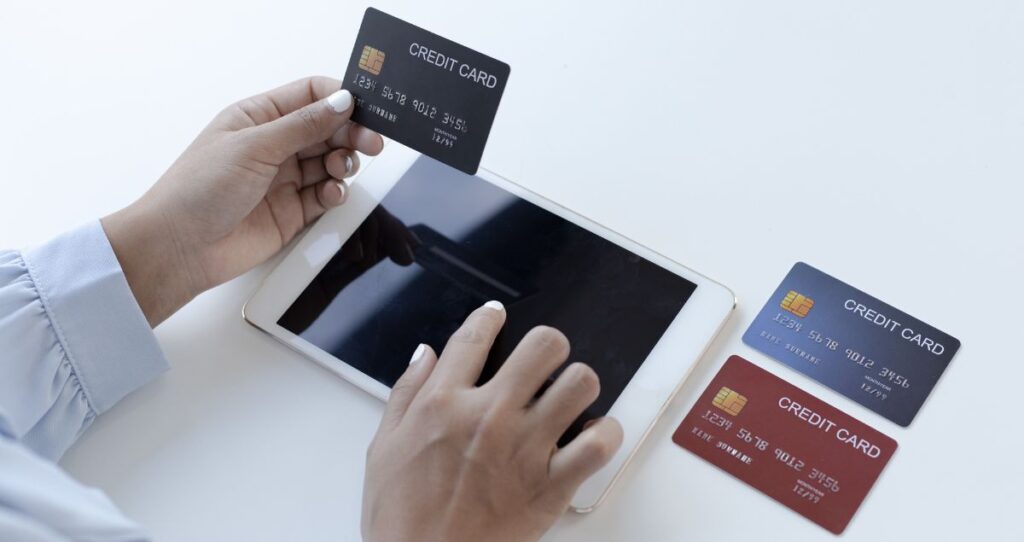Cash back, points, and miles are all types of rewards different companies primarily credit card issuers give you as incentives for spending and loyalty.
- Cash back. Cash-backs are rewards you get when using cash-back credit cards. With cash-back rewards, you typically get a percentage of the money you spend on purchases returned to your account as a check or a statement credit.
- Points. Points is a reward system where for each purchase you make, you earn a given number of points. You can redeem your points for gift cards, services, or goods, or sometimes convert your points into cash. The value of your points varies depending on the issuer’s reward program and the method of redemption.
- Miles. Miles behave more like points but they are typically intended for frequent flyers for travel-related purchases and the hotel’s loyalty club. When you have miles, you can redeem them for air travel, upgrades, hotel stays, car rentals, or even merchandise. Like points, the value of miles can fluctuate based on various factors like redemption method, travel dates, and demand.
Here is everything you need to know about cash-back vs. points and miles and how to pick the right reward program that is best for daily spending to maximize your savings.
What is a cash-back?
Cash-back is a reward program where you earn a small percentage of the money you spend on your purchases. This program works by returning a percentage of your spending to your account. Typically, cash-back is usually offered by credit card companies, online retail platforms, and other businesses as a marketing strategy to draw in more customers and foster loyalty.
The rewards programs can either be a flat rate or a variable one depending on the purchase. For example, you can earn a flat 2% cash back on all purchases, or earn 5% on grocery and gas purchases and 1% cash back on all other purchases.
How does cash-back work?
The way cashback works is relatively simple. First, you make a purchase using the company’s product such as a credit card. The company then records this transaction and identifies it as an eligible purchase for cash back. The amount of cash-back you receive depends on the percentage set by the company on that particular type of purchase.
Once the purchase is confirmed, and the cashback percentage is applied, the cashback amount gets credited to your account.
How do you get cashback?
You get cashback when you make an eligible purchase using a cashback credit card. The company pays you the cash rewards in the form of statement credit on your credit card account. For example, if you made a $500 purchase with a 5% cashback credit card, you will get $25 credited back to your account.
If your credit card company allows it, you can have your cashback balance deposited in your checking or savings account within the same company. Some credit card issuers give you cashback as a check if you request it.
Your credit card issuer might also give you a cashback credit card that is based on points. Instead of getting regular cash or checks on qualifying purchases, you will get points. Typically, each point equals one center. For example, if you have earned 5,000 points, it will translate to 5,000 cents or $50 in cash back.
What makes a cashback point-based system is that points are easy to convert to other forms of rewards. For example, if you have a point-based credit card, you can combine those points with other points you might have earned elsewhere to make larger purchases.
Benefits of cashback credit cards
The biggest benefit of a cashback credit card is that it reduces the cost of your purchase. The money you receive in cashback is like a discount which lowers the cost of the product and service you are buying. For example, if you have a 5% cash back on groceries and purchase $150 worth of groceries, the 5% cash back you will receive will translate into a $7.5 discount.
Cashback credit cards are easy to understand and use. For example, if you earn a 2% flat rate on a cashback credit card, you will earn 2% for every purchase you make. That is purchasing a $80 good will earn you $1.6%(2% of $80).
You might also like: Can you pay a credit card with a credit card?
Drawbacks of cashback
While it might sound like a win-win scenario, getting cashback can be risky if you do not spend responsibly. By giving you a discount on your purchases, you might end up buying more products than you need or shopping very often which can lead to the accumulation of credit card debts.
Example of cashback
Let’s assume that you have a cashback credit card with 5% cashback on grocery purchases. If you buy $500 worth of groceries, you will get 5% back. In this case, your credit card company will credit $25 back to your account.
Best cashback credit cards
Finding the best credit card can be like finding a needle in a haystack. But, your choice will eventually boil down to the cashback rate you get, sign-up bonuses, the length of introductory 0% APR, and the presence of annual fees.
Based on these factors, the following are my top cashback credit cards.
- Wells Fargo Active Cash® Card. This credit card comes with a 2% cashback flat rate on all purchases which is one of the highest you can get. Additionally, you get a 15-month 0% APR, no annual fee, and a $200 initial sign-up bonus. While other cards offer a higher percentage on selective categories, these cards also come with a much lower rate for other purchases.
- Chase Freedom Unlimited. This cashback credit card gives you a $300 sign-up bonus, with 1.5% to 6.5% in cashback depending on categories. Additionally, the card does not come with an annual fee.
What are credit card points?
Reward points are a type of incentive provided by various businesses to encourage repeated patronage from customers. Points are part of loyalty programs where you earn points for each purchase or transaction using a credit card. These points are then accumulated and can be redeemed for various benefits such as discounts, special offers, gifts, or even cash back.
How do credit card points work?
When you make purchases with a point-based credit card, you accumulate points over time and you can later redeem them for certain rewards. The rewards offered can vary widely depending on the company and can range from discounts on future purchases to free merchandise, special access to sales or events, exclusive products, or services, etc.
While anyone can apply for a point credit card, points credit cards are generally intended for people who want to save on their travel expenses.
Each company sets its own rules on how many points you earn for each dollar spent and the minimum number of points you need to reach before you can redeem them. Some programs may also have tiers or levels where you can earn points faster the more money you spend. Most companies allow you to see how many points you have accumulated and ways to redeem them in your account.
How to redeem points?
Once you have accumulated enough points in your account, you can redeem them by following your company’s instructions. Typically, you would need to log into your account and click on the redemption portal. The portal shows you how many points you have accumulated and various ways to redeem them.
Most companies give up options for discounts on future purchases, free merchandise, special exclusive products, access to sales or events, and more. You can also convert your points to cashback and use it to make other purchases. If you don’t have access to your online account, talk to your company’s representative about different ways to redeem your rewards points.
Different ways to earn reward points
Besides earning points by making purchases, you can also earn reward points by referring new customers, sharing brand content on social media, or participating in surveys or product reviews.
The best point reward programs are general travel points as they can be used for booking flights with any airline and making travel-related purchases. You can also redeem general travel points as cash back.
Benefits of points
While points do not give you a discount on the product you buy, they become a discount on the next product or service you will have with the company. After accumulating enough points, you can use them to pay for entire flights, book hotels, and similar services.
Example of reward points
Let’s assume that you are a regular Starbucks customer. With the company’s points reward programs, you earn points(stars) when you make purchases on the app. Once you have enough stars, you can redeem them for a free Starbucks drink, birthday bonuses, or a priority service.
Best point credit cards
- Delta SkyMiles® Gold American Express Card. The card comes with a $0 annual fee in the first year, you earn 1Xto 2x miles, and you receive a $70,000 miles intro offer. This card is best for Delta Air Lines frequent flyers and comes with a big sign-up bonus.
- Chase Sapphire Preferred® Card. This credit card has 1x to 5x points and an intro 60,000 miles bonus. The downside is that the card comes with a $95 annual fee. This airline credit card is best for flexible redemption on top of its big sign-up bonus.
You might also like: How to avoid credit card debt?
What are credit card miles?
Mile rewards are reward and loyalty programs used by businesses, particularly in the travel industry to incentivize and reward customer loyalty. Essentially, when you use your mile-based credit card for your daily spending, you accumulate points or miles for each purchase or transaction you make. These miles can then be redeemed for various rewards, such as discounts, upgrades, or even free flights in the case of airlines.
If you travel a lot, having an airline credit card with the airline you travel with is a good idea. Getting an airline credit card with the company you fly with the most gives you the most benefits. For example, if you frequently travel with Delta Airlines, get a Delta credit card and use it to purchase travel-related services such as flights, hotel booking with its partners, and different perks offered by the airline. For every dollar you spend on that specific airline, you earn miles which you can later redeem and use to pay for your next flight.
How do miles work?
Generally speaking, miles are associated with airline frequent flyer programs. When you use an airline credit card for travel-related purchases, you earn miles. You can compare airline miles with points for points credit cards. The term mile does not refer to the number of miles you flew. Instead, it refers to the rewards you earn every time you fly with a particular airline.
Once you have accumulated enough miles or travel points, you can redeem them for free travel, discounted rental cars, free hotels, etc. Some travel credit cards let you convert your miles to cashback which allows you to make purchases other than travel-related purchases.
How to earn miles?
To earn miles, you first need to have an airline credit card. After getting a credit card, you will need to use it frequently. For example, if you frequently fly with Southwest, using a Southwest credit card for your travel-related purchases will be a great idea. Some credit cards give you miles on certain purchases such as buying an airplane ticket, booking a hotel, using the card with certain car rental cars, etc.
You might also have a hotel loyalty program or a specific hotel credit card. In any of these cases, you will earn miles every time you make purchases from these specific companies. You can then redeem your miles in several ways. Typically, you will get a free ticket or a free hotel stay.
How to redeem miles?
Redeeming miles is a simple process. By default, the miles you earn can be redeemed for free travel, free hotel stay, free car rental, or discounted products. The discount you get on these products and services will depend on your credit card provider’s redeeming policies and the number of miles you have.
To get the most out of your miles, use your credit card with the specific airline that issued it. If you have a hotel credit card, use that credit card with the specific hotel that issued it. For example, book travel services directly with the airline associated with your travel credit card. This way, you will get the full benefits due to being a loyal customer.
If you are wondering how miles translate to dollar amount, here is a widely used conversion.
Most miles give you 1 cent for every 1 mile or point you have. For example, to make $100 in miles, you will need to have earned 10,000 miles/points for this conversion. If your ticket is $150 and you use your miles to pay it off, you will pay $50 out of pocket.
How many credit card miles does it take to fly for free?
The number of credit card miles you need to fly for free varies greatly depending on several factors such as the specific airline, the destination, the time of the year, and the class of the ticket (economy, business, first class).
For instance, with some airlines and credit card reward programs, you could book a domestic, round-trip economy class ticket for as little as 20,000 miles. Whereas, an international first-class ticket could require hundreds of thousands of miles. Additionally, some airlines operate on a dynamic pricing model, meaning the number of miles required for a flight can fluctuate based on demand, time of booking, and other factors. Check with your specific airline for the number of miles you need to fly for free on your next specific flight. The longer your flight is, the more points you will need to fly for free.








